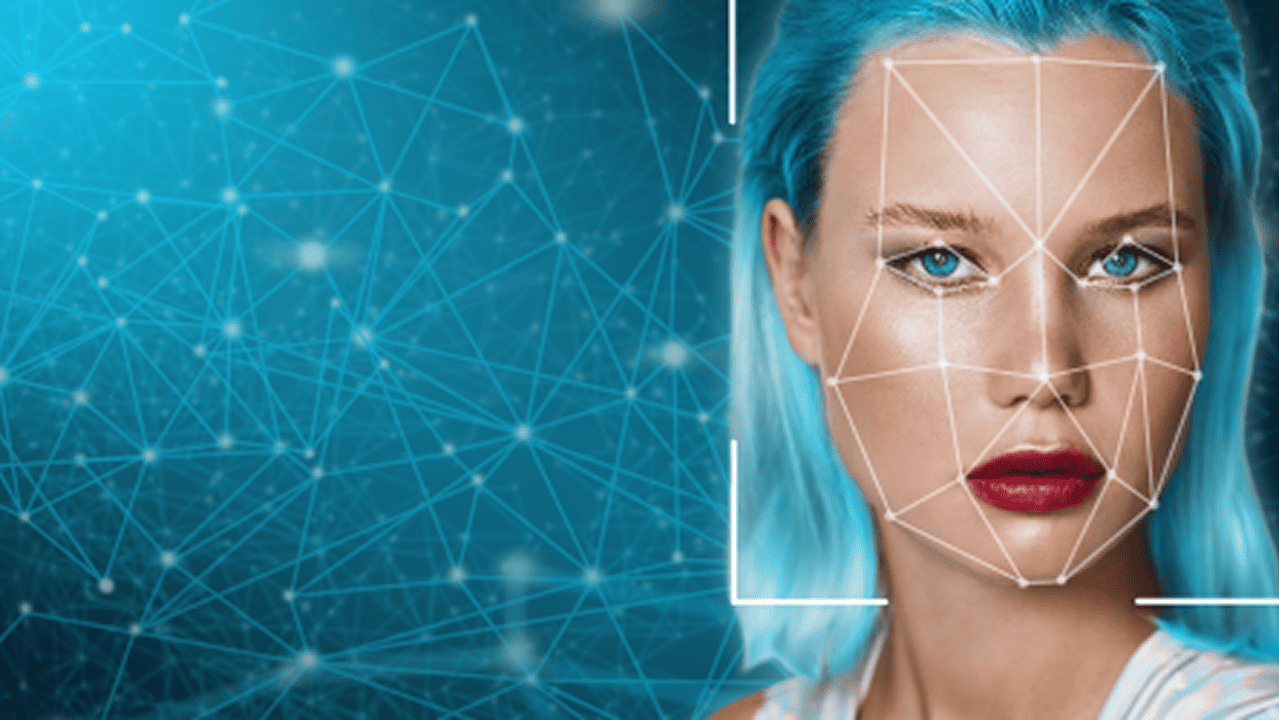The term 'deepfake' has become increasingly prevalent as artificial intelligence (AI) technologies advance, raising questions about the authenticity of digital content. Deepfakes refer to synthetic media—videos, images, or audio—created using AI techniques, often to depict events or statements that never occurred. But how real is the threat posed by deepfakes, and what are the implications for cybersecurity and society?
Deepfake Technology: How It Works
Deepfakes are generated using deep learning algorithms, particularly generative adversarial networks (GANs). These networks involve two models: a generator that creates fake content and a discriminator that evaluates its authenticity. Over time, the generator improves, producing highly realistic results. Tools like DeepFaceLab and Faceswap have made deepfake creation accessible even to non-experts.
The Growing Threat of Deepfakes
Deepfakes pose significant risks across multiple domains. In cybersecurity, attackers can use deepfakes for social engineering attacks, such as impersonating executives in video calls to authorize fraudulent transactions—a tactic known as 'CEO fraud.' Beyond financial crimes, deepfakes have been used to create non-consensual explicit content, leading to reputational harm and emotional distress.
In the geopolitical sphere, deepfakes can fuel disinformation campaigns. For instance, a fabricated video of a political leader making inflammatory statements could incite unrest or influence elections. The 2024 U.S. presidential election saw several deepfake attempts, including a fake video of a candidate conceding defeat, highlighting the technology's potential to undermine democracy.
Challenges in Detection and Mitigation
Detecting deepfakes is a complex challenge. While AI-based detection tools can identify subtle artifacts in manipulated media, attackers continuously improve their techniques, making detection an ongoing arms race. Current mitigation strategies include watermarking authentic content, implementing stricter platform policies, and raising public awareness about deepfake risks.
The Societal Impact of Deepfakes
Beyond immediate security threats, deepfakes erode trust in digital media. As people question the authenticity of what they see and hear, the 'liar’s dividend' effect emerges—where genuine content is dismissed as fake, further polarizing societies. Addressing this requires a combination of technological solutions, legal frameworks, and education to foster media literacy.
Conclusion: A Real and Evolving Threat
Deepfake threats are undeniably real, with implications that span cybersecurity, privacy, and societal stability. While technology continues to evolve, so must our strategies to combat its misuse. Organizations and individuals alike must stay vigilant, leveraging advanced detection tools and adopting proactive measures to mitigate the risks posed by deepfakes in an increasingly digital world.
